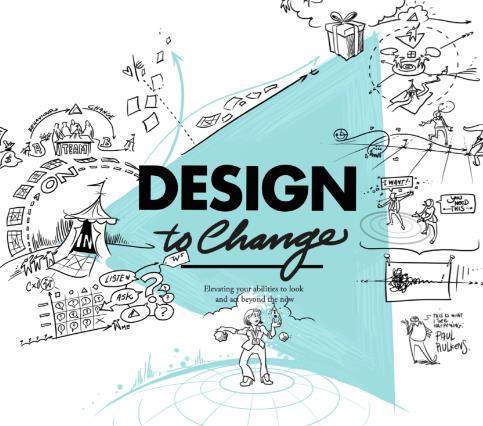Rapid tooling is a relatively new method of making tools and parts that’s gained popularity in the last decade. The process combines computer-aided design (CAD) technology with sophisticated machinery to quickly create high-quality tooling and parts. This process can be used to create everything from simple molds to complex shapes. In contrast to traditional tooling methods, rapid tooling is much faster and more cost-effective.

One of the biggest benefits of rapid tooling is the speed at which new tools and parts can be produced. In traditional tooling methods, it can take weeks or even months to create a new mold or die. However, with rapid tooling, this time is reduced to just a few days or even hours. This means that manufacturers can bring new products to market much faster, and can quickly adapt to changing market demands.
Another benefit of rapid tooling is the ability to create complex geometries and intricate shapes. Traditional tooling methods often have limitations when it comes to creating complex shapes. But, with rapid tooling, it’s possible to create parts with intricate details, recesses, and other design elements. This allows manufacturers to create parts that are more functional, aesthetically pleasing, and with better performance.
Additionally, rapid tooling is a much more cost-effective method for creating new parts, molds, and dies. With traditional tooling methods, the cost of creating new tooling and parts can be prohibitively expensive. But, with rapid tooling, the costs are much lower, making it possible for smaller businesses to participate in the manufacturing process.
Conclusion:
The world of manufacturing is constantly evolving, and rapid tooling is one of the most exciting new advancements. By combining computer-aided design technology with sophisticated machinery, rapid tooling is transforming how we make things. With the ability to produce high-quality tooling and parts in just a few days or even hours, manufacturers can bring new products to market much faster. They can also create complex geometries and intricate shapes, all while keeping costs down. So whether you’re a mechanical engineer, buyer, or designer, it’s worth exploring how rapid tooling could benefit your work.